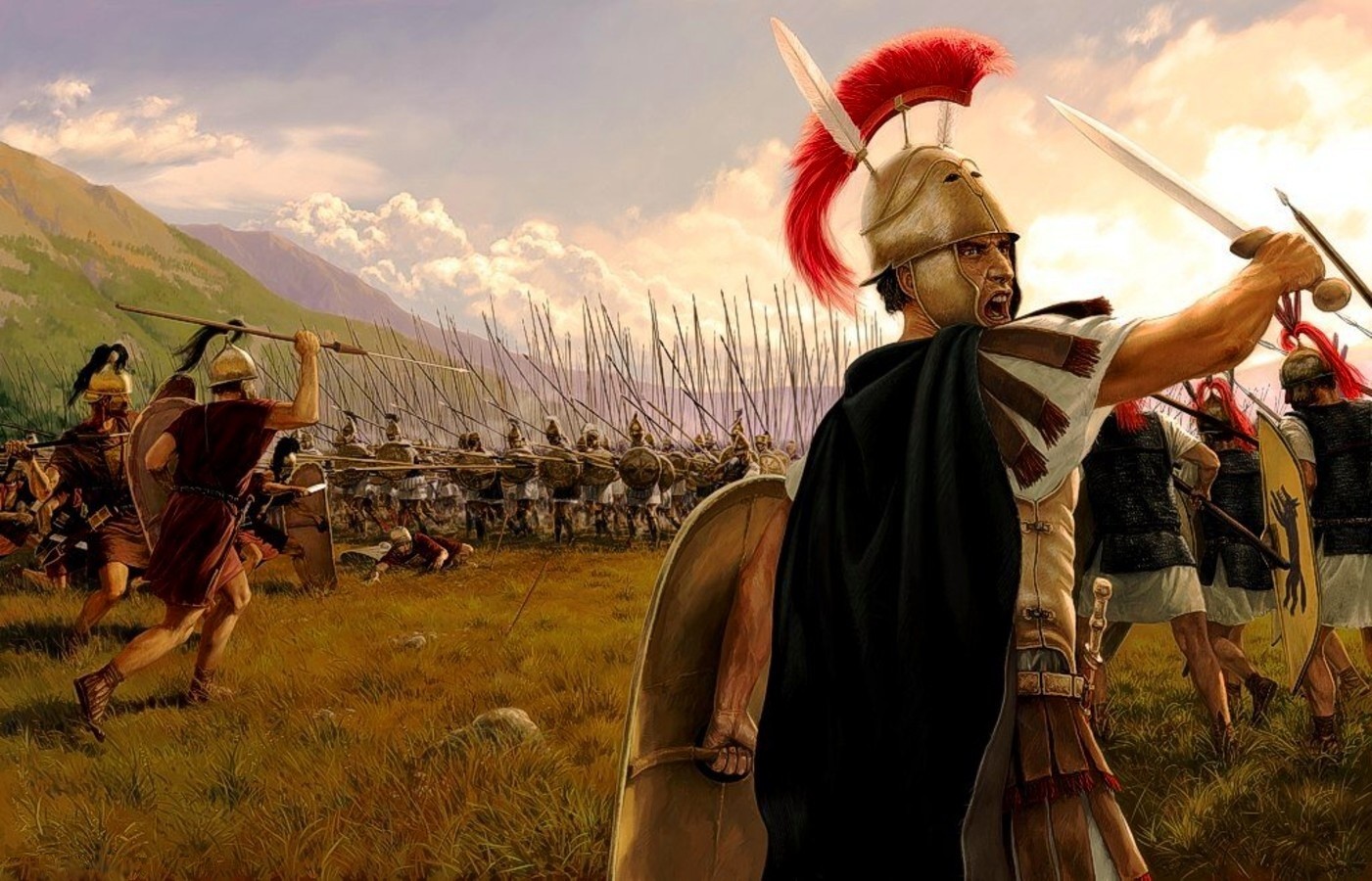
Antiochus III the Great campaigns

|
By the time Antiochus II's son Seleucus II Callinicus came to the throne
around 246 BC, the Seleucids seemed to be at a low ebb indeed. Seleucus II
was soon dramatically defeated in the Third Syrian War against Ptolemy III
of Egypt and then had to fight a civil war against his own brother Antiochus
Hierax. Taking advantage of this distraction, Bactria and Parthia seceded
from the empire. In Asia Minor too, the Seleucid dynasty seemed to be losing
control — Gauls had fully established themselves in Galatia,
semi-independent semi-Hellenized kingdoms had sprung up in Bithynia, Pontus,
and Cappadocia, and the city of Pergamum in the west was asserting its
independence under the Attalid Dynasty. A revival would begin when Seleucus II's younger son, Antiochus III the Great, took the throne in 223 BC. Although initially unsuccessful in the Fourth Syrian War against Egypt, which led to a defeat at the Battle of Raphia (217 BC), Antiochus would prove himself to be the greatest of the Seleucid rulers after Seleucus I himself. He spent the next ten years on his anabasis through the eastern parts of his domain and restoring rebellious vassals like Parthia and Greco-Bactria to at least nominal obedience, and even emulating Alexander with an expedition into India. He was able to expand his domains in Syria and in Greece too, until he faced the rising star of Rome, that beated him decisively, shortly before his death. His dismissal saw again a disintegration process of the Seleucid Empire, having no heir able and skilled as he was.
|
This is a team scenario ideated to be played and finished in a single session. The teams will fight battles between Seleucid armies and their historical enemies from 222-187 B.C.
The Seleucid enemies will be:
I/ 43 Skythian
I/48 Thracian
II/1 Mountain Indian
II/3 Classical Indian
II/6 Bithynian
II/14 Ariarthid Kappadokian
II/20 Ptolemaic
II/22 Arabo Aramean
II/23 Later Pre Islamic Arab
II/28 Early Armenian
II/30 Galatian
II/31 Hellenistic Greek
II/33 Polybian Roman
II/34 Attalid Pergamene
II/35 Later Macedonian
II/36 Greco Bactrian
II/37 Parthian
Each enemy list can be used by just one player
The team that will score more points will win the war. The losing team must pay a drink to the winners